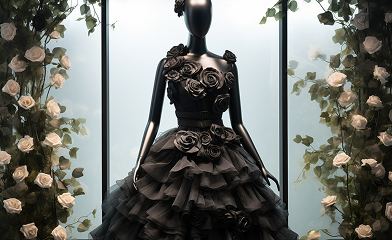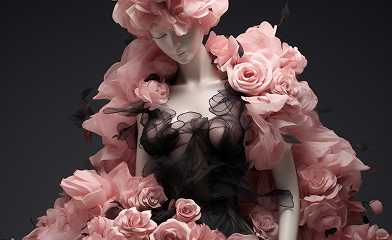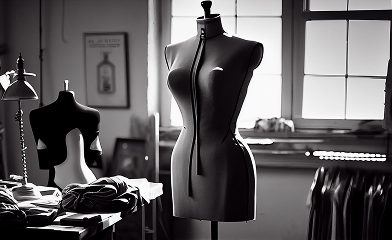Mannequins are divided into several main categories in terms of their type and construction material, each of which has its own characteristics, advantages and uses:
1. Wooden
Wooden mannequins are the oldest type of mannequins and are usually used for classic and artistic designs.
• Advantages:
• Very strong and durable
• Natural and warm appearance
• Suitable for sewing and precise designs
• Disadvantages:
• Heavy and difficult to move
• Limited in changing shape and settings
2. Plastic
Plastic is one of the most widely used materials for making mannequins, especially in showcases and exhibitions.
• Advantages:
• Light and portable
• High resistance to impact and water
• Reasonable price
• Disadvantages:
• May have an artificial appearance
• May fade in heat and sunlight
3. Fiberglass
Fiberglass is a combination of glass and resin that results in the production of a lightweight and durable mannequin.
• Advantages:
• Light weight but very durable
• High malleability for complex models
• Smooth and shiny surface with a professional look
• Disadvantages:
• Higher price than plastic
• Brittle in very severe impacts
4. Foam (sponge)
Foam mannequins are mostly used for sewing and precise measurements because it is easier to measure size and make changes.
• Advantages:
• Very light and portable
• Ability to change shape and accurately measure sizes
• Suitable for quick and experimental measurements
• Disadvantages:
• High vulnerability to punctures and tears
• Low resistance to extreme pressures
5. Metal
Mostly used for industrial and exhibition mannequins where durability and high strength are important.
• Advantages:
• Very high strength
• Modern and special appearance
• Disadvantages:
• Heavy and difficult to move
• Usually less used in the fashion industry
Each material is selected according to your type of need and the use of the mannequin; Fiberglass and plastic mannequins are more common for store displays, but clothing designers and tailors often use wooden or foam mannequins.





